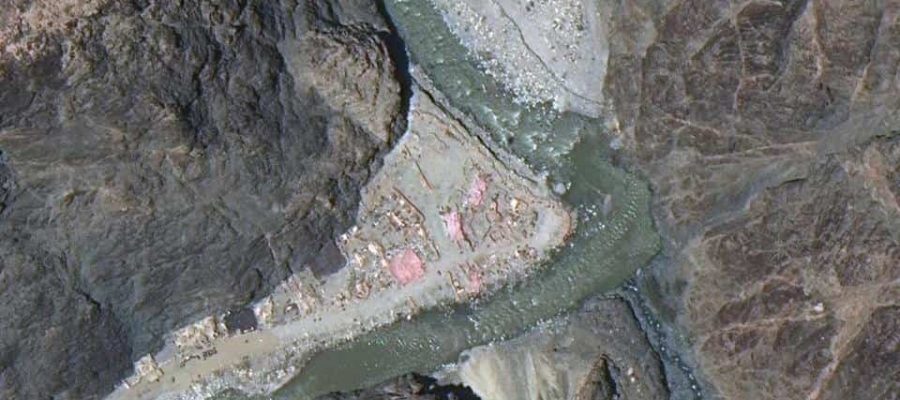The Chinese People’s Liberation Army (PLA) escalated the situation in the sensitive Ladakh theatre by using unorthodox weapons against Indian soldiers and amassing a large number of troops during the ongoing border standoff along the contested Line of Actual Control (LAC), the defence ministry said in a year-end review of major developments.
While the ministry did not elaborate on the unorthodox weapons used, the PLA troops attacked Indian soldiers with stones, iron rods and nail-studded clubs during skirmishes in Pangong Tso and the Galwan Valley last year.
The PLA attempted to alter the status quo in the sector by force but the Indian Army was well-entrenched to counter any misadventure by the adversary, it said.
Also Read: Ladakh was the starting point. India-China ties are getting complicated
In its review, published on January 1, the ministry said the Indian Army—assisted by the Indian Air Force (IAF)—mobilised troops, accretionary forces, artillery guns, tanks and ammunition at a swift pace to deal with the emerging situation. Roads, habitat and bridges were constructed quickly to support the enhanced troop deployment, it said.
“Unilateral and provocative actions by the Chinese to change the status quo by force in more than one area on the LAC were responded to in a firm and non-escalatory way, ensuring the sanctity of our claims in Eastern Ladakh,” the ministry said, adding that the Indian Army stuck to the protocols and agreements between the two countries even as the PLA took escalatory actions.
The review reiterated that Chinese suffered significant casualties in the Galwan Valley skirmish on June 15 in which 20 Indian soldiers were killed in action. The ministry elaborated on the steps taken by the Indian Army to occupy strategic heights on the southern bank of Pangong Tso, thwarting China’s expansionist aims.
The ministry said that Indian troops, in a precautionary deployment on August 28-19, “pre-empted Chinese expansionist designs” and occupied heights along southern bank of Pangong Tso. “Braving inclement weather, own troops continue to be deployed on these heights. Advance winter stocking (AWS) and winter preparations for the enhanced strength has been completed and troops are well entrenched to counter any misadventure by Chinese forces,” the review said.
The review added that IAF’s heavy-lift planes altered the dynamics of “force posturing” in the Ladakh sector “by mobilising huge quantum of war-waging machinery along with battle ready troops in quick time-frames.”
The Indian Army swiftly moved and occupied a series of key heights to prevent the PLA from grabbing Indian territory on the southern bank in a stealthy midnight move on August 29.
The Indian Army now controls ridgeline positions on the southern bank of Pangong Tso that allow it to completely dominate the sector and keep an eye on Chinese military activity. The Indian Army has also taken control of key heights overlooking the PLA’s deployments on the Finger 4 ridgeline on the northern bank of Pangong Tso where rival soldiers are deployed barely a few hundred metres from each other.
The review added that while the Indian Army was prepared for any eventuality, talks were in progress to resolve the issue in an amicable manner.
Last week, defence minister Rajnath Singh said that talks with China on disengagement and de-escalation in the Ladakh sector—where the two countries have been locked in a border row for eight months—had not yielded any meaningful solution.
Both sides are expected to hold the ninth round of military talks to reduce border but there is no indication of when India and China will hold the dialogue.
Source: Read Full Article

